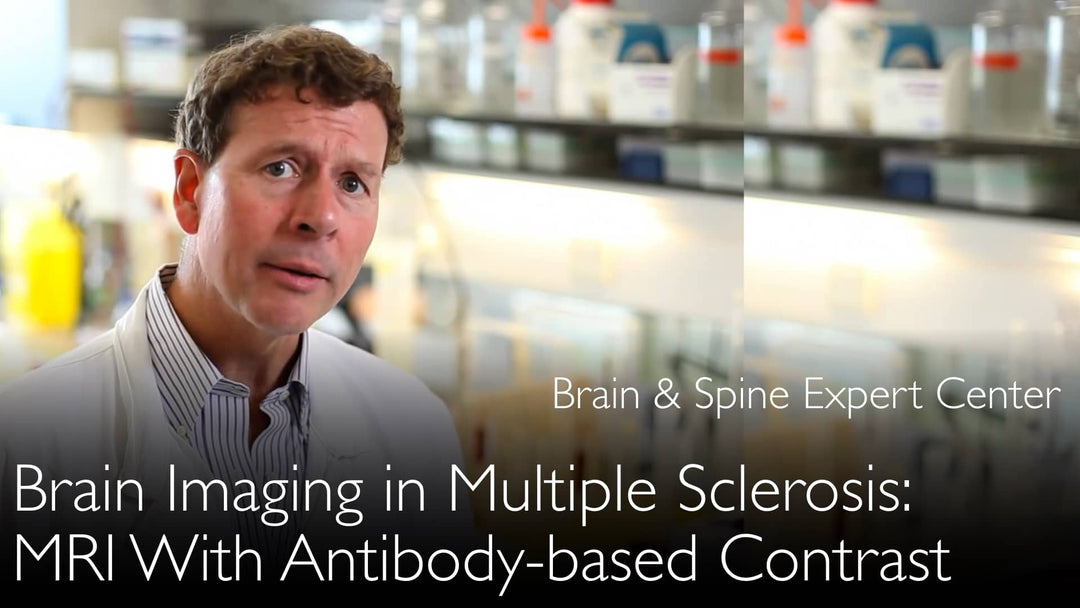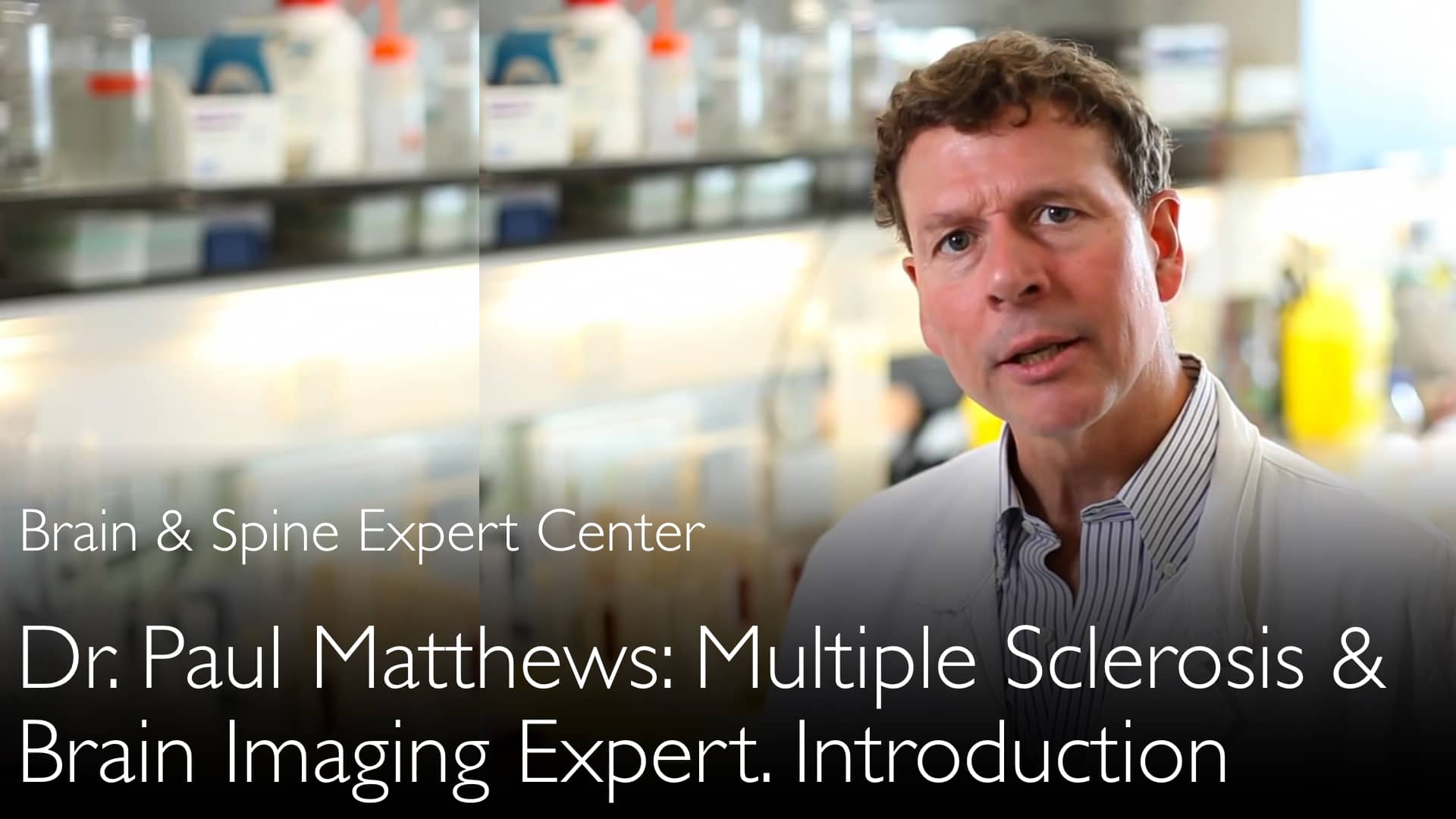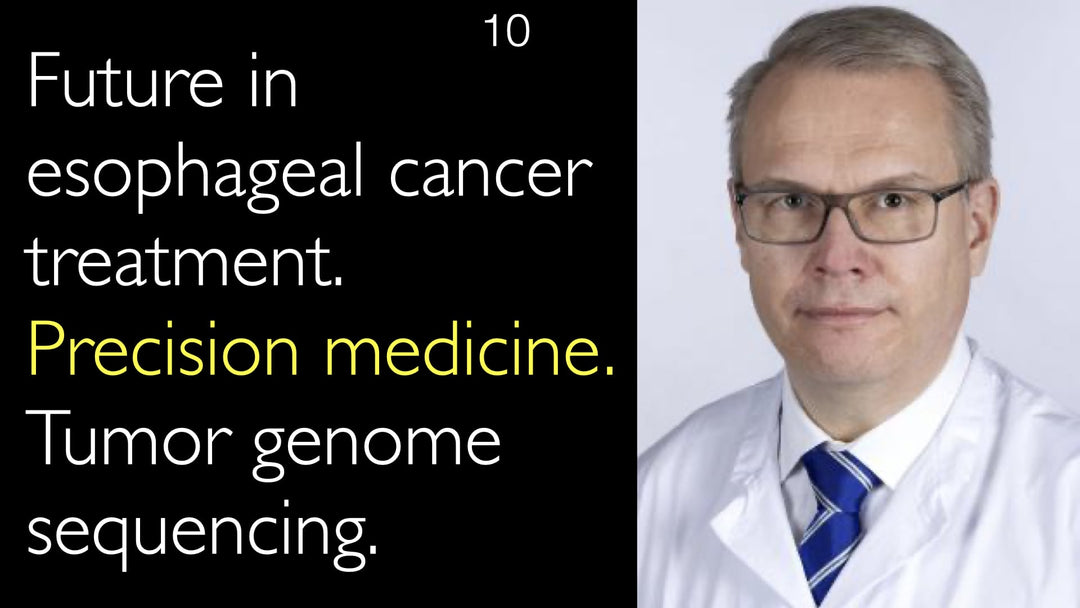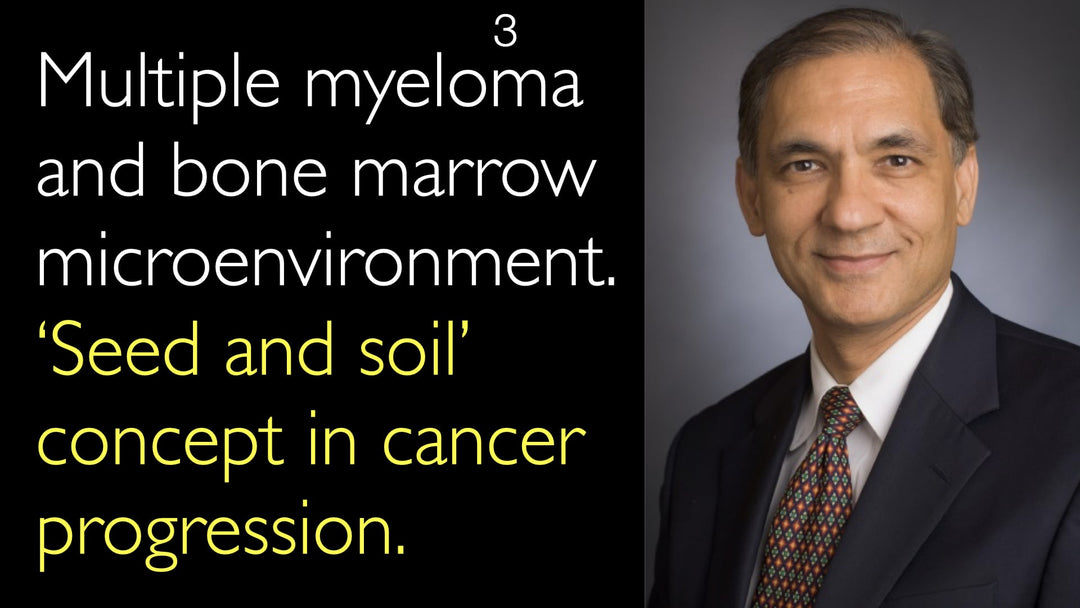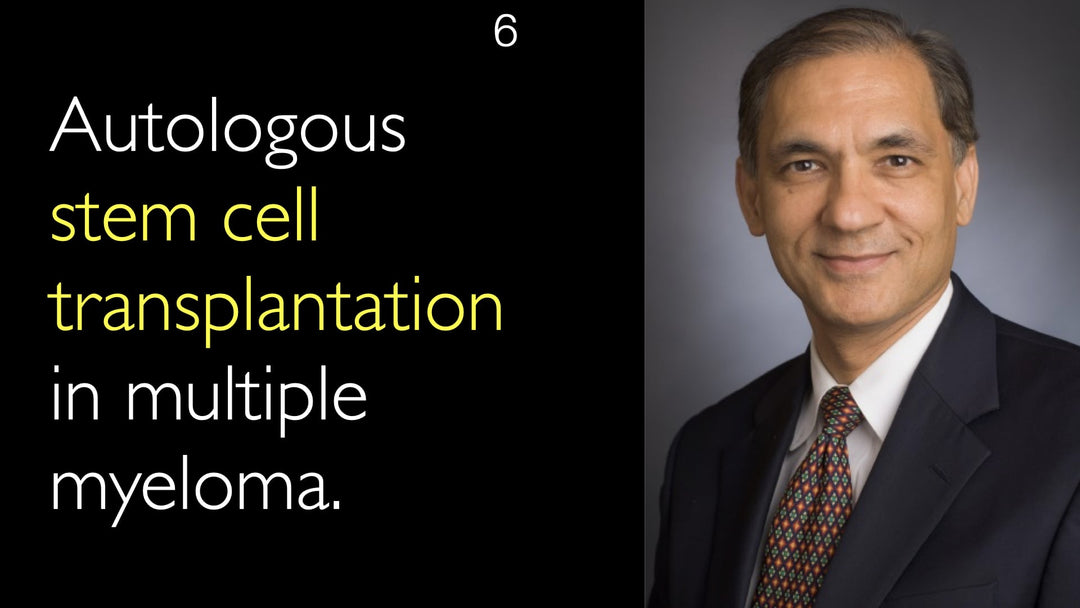多発性硬化症と神経画像診断の権威、ポール・マシューズ医学博士が、MRI技術の急速な進歩について解説します。速度と感度の向上、新たな造影剤の開発について詳述。マシューズ博士は、臨床モニタリングにおける定量化・自動化ツールの重要性を強調し、新世代の光学イメージング法や抗体ベースのMRI手法の登場を予測。これらの革新により、多発性硬化症の診断精度と治療評価が根本から変革されると述べています。
多発性硬化症のための先進的MRIと将来の画像診断技術
セクションへ移動
MRIの速度と感度の進歩
ポール・マシューズ医学博士は、MRI検査の速度が著しく向上した点について説明しています。新しいマルチバンド技術により、高品質な拡散テンソル画像(DTI)の取得時間が大幅に短縮されました。この先進的なMRI法は、軸索束の密度と方向の測定において、より高い感度を実現します。アントン・チトフ医学博士は、こうした高速画像ツールが神経学的評価を革新していると論じています。これらの進歩により、多発性硬化症における脳画像診断がより詳細かつ効率的に行えるようになりました。
新規抗体ベース造影剤
ポール・マシューズ医学博士は、MRI向けの新たな抗体ベース造影剤に注目しています。これらの造影剤は、脳血管内皮細胞上の炎症関連インテグリンを標的とします。マシューズ博士は、これらの薬剤がヒト臨床試験段階に進んでいることを説明しており、これは従来のガドリニウム系造影剤からの大きな転換を意味します。アントン・チトフ医学博士は、こうした標的型造影法が多発性硬化症の炎症検出を革新する可能性について探っています。
光イメージングの将来性
ポール・マシューズ医学博士によれば、近赤外蛍光法は多発性硬化症の画像診断において有望です。これらの光イメージング技術は、前臨床モデルにおいて貴重な炎症データを提供します。マシューズ博士は、ヒトの脳から光信号を受信する際の課題も認めています。外来性造影剤の必要性がさらに複雑さを増すものの、光イメージングは将来的にMRI技術と並んで多発性硬化症の病理学的特徴づけに貢献すると予測しています。
定量的自動化MRIツール
ポール・マシューズ医学博士は、高度に定量化された自動画像解析ツールへの根本的な転換を強調しています。これらのシステムは、標準化された取得方法から再現性の高いデータを生成します。マシューズ博士は、このアプローチがアルツハイマー病の画像診断の進歩を反映していると指摘します。オープンデータ共有により、多発性硬化症の新たな診断ツールの開発が加速しています。アントン・チトフ医学博士は、商用オンラインソリューションが既に正確な脳容積と病変変化の測定を可能にしていると述べています。
臨床治療基準への統合
先進的な画像データは、多発性硬化症の臨床治療判断においてますます重要になっています。ポール・マシューズ医学博士は、定量MRI測定が治療効果のモニタリングにどのように貢献しているかを説明します。実用的な臨床モニタリングツールは、脳容積変化と多発性硬化症病変の進行の両方を測定します。マシューズ博士はこれを「画像診断の循環の完結」と表現しています。新技術は従来のMRI法を強化し、多発性硬化症患者を治療する神経科医により実践的な臨床情報を提供します。
全文書き起こし
アントン・チトフ医学博士: 今後5年から10年で、MRI脳画像技術はどのように進化するとお考えですか?
ポール・マシューズ医学博士: MRIでは、新しい画像法がますます探求されています。MRIは数年ごとに自己革新を続けているのです。
まず、MRIの検査速度が向上しています。特に、軸索束の密度と方向の測定において、より高い感度が得られるようになりました。
拡散テンソル画像(DTI)は、マルチバンド技術の導入によって改良され、高品質なデータの取得時間が大幅に短縮されました。他にも高速画像ツールが登場しています。
新しい造影剤を用いた測定法も研究されていますが、これらの造影剤はまだヒトでの使用には至っていません。
例えば、抗体ベースの造影剤は、炎症関連インテグリンの発現を特定するのに役立ちます。これらの分子は脳血管内皮細胞上に存在します。
これらは新興企業によってさらに研究が進められ、ヒト臨床試験段階に進んでいます。
最後に、光イメージング技術の新たな可能性にも触れておきたいと思います。近赤外蛍光法は、前臨床モデルですでに炎症関連のデータを提供しています。
脳からの光信号の受信には複雑さが伴うため、多発性硬化症患者に応用されるまでにはまだ時間がかかるでしょう。
外来性造影剤の投与が必要な点も課題です。しかし、これらの技術は将来的に、多発性硬化症のような病態の特徴づけに貢献すると予想しています。
アントン・チトフ医学博士: 多発性硬化症の診断をより良くするための画像技術の現状について、簡潔にご説明いただきました。
ポール・マシューズ医学博士: 私たちは前進を続けています。今後10年から20年で、多発性硬化症のための新しい脳画像モダリティが登場するかもしれません。
付け加えると、多発性硬化症における画像研究の性質—MRI、PET、その他の技術—も根本的に変わりつつあります。
重点は、高度に定量化された自動化ツールの開発に移行しています。これにより、標準化されたデータ取得方法から再現性の高いデータが得られるようになります。
また、多発性硬化症においても、アルツハイマー病や他の神経変性疾患ですでに使用されているような新しい脳画像技術が導入され始めています。
研究者や医師が新たな診断ツールを迅速に開発できるよう、データ共有もよりオープンになってきています。これらのツールの一部は既に商業化が進められています。
アントン・チトフ医学博士: 脳容積変化を測定するオンラインソリューションや、多発性硬化症病変の変化を追跡するツールが利用可能です。これらはどちらも、治療効果を臨床的にモニタリングするのに役立ちます。
ポール・マシューズ医学博士: 画像診断は循環が完結しつつあります。新技術により脳画像の可能性が広がる一方で、従来のMRI法からより多くの情報を引き出すことにも注力されています。
すでに、こうした情報が多発性硬化症の臨床治療基準の一部となり始めているのを目にしています。


